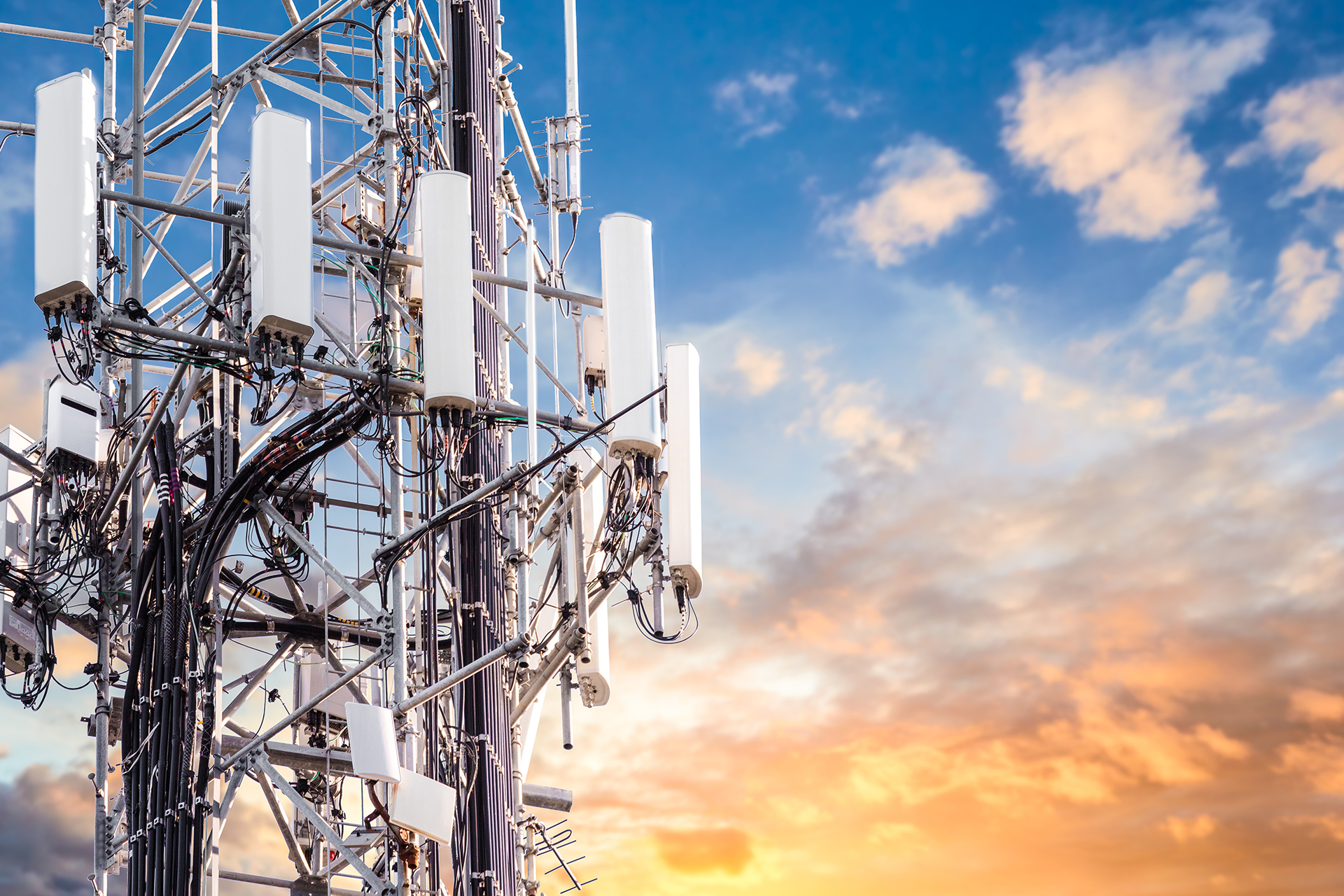Very best safest distance from the 5G cell Tower?

If you've ever wandered through a city and spotted tiny mini 5G cell towers on the poles of street lights. They look like small boxes however, they're actually transmitting wireless signals from mobile providers to your phone.
what is a safe distance from a 5g cell tower are replacing the larger specially-designed cell towers. While they're not as noticeable but they can still create issues for users.
The Federal Communications Commission's Radiation Exposure Thresholds
The FCC's Radiation Exposure Thresholds establish the safe limit at which a person can be exposed to electromagnetic radiation from wireless devices. Have a peek at this website for exposure are based on research that show that RF energy can cause harm to health.
The rate of absorption called the specific absorption rate (SAR) is an indication of the radiofrequency energy that is absorbed by tissue. It is typically 1.6 Watts per kilogram calculated over one Gram of tissue.
However, because 5g transmits at higher frequencies this could be able to cause greater energy intensity on the skin and other exposed body parts. This could lead to many possible harms, such as an increase in the development of skin conditions like dermatitis, skin cancer and cataracts.
Due to the possible negative effects of 5G radiation, PSU has chosen to create a general limits on power density, which is 4mW/cm2 measured on 1cm2, and never exceeding 30 minutes for all 5G services running at 3000 GHz. This localized limit is consistent with the maximum spatial-average SAR of 1.6 W/kg, which is averaged over 1 g of tissue at 6 GHz.
The FCC's Maximum Exposure Thresholds for Maximum Exposure
If you've ever used a mobile phone, then you've probably realized that the safest location from the tower is at least 400 meters. This is due to the transmitting power of a cell tower increases dramatically the farther you are from it.

While this sounds like something that's good but the truth is that those living close to towers could be more susceptible to health problems. For instance, a 2014 study in India discovered that people who lived within 50 meters of cell towers had significant more health issues than those who were far from antennas.
This study revealed that those who relocated into areas farther away from cell towers experienced their symptoms improve within a few days. Another study has shown that exposure to high frequencies of radiofrequency electromagnetic fields (EMFs) can cause brain tumors, cancers and other health issues.
This is because the RF radiation used in wireless communication, can penetrate the human body's exterior layer, the skin. This is important to understand since the skin functions as a barrier to protect against mechanical injury, infection from pathogenic microorganisms, as well as the entry of harmful substances. what is a safe distance from a cell tower is also the biggest organ of the human body. It is accountable for protecting other organs.
The FCC's Minimum Exposure Thresholds
The FCC's Minimum Exposition Thresholds are based upon numerous assumptions that are not supported by evidence from science. They include the incorrect belief that exposures to RF radiation are safe due to minimal radiation penetration in the human body (i.e. the heating of tissues).
The assumption also ignores the more extensive penetration of ELF elements of modulated radio signals as well as the effect on the body of short bursts from pulsed RF waves. These assumptions are not in line with current understanding of the biological effects of RF radiation. Therefore they shouldn't be relied upon for health-protection exposure guidelines.
In addition, the ICNIRP and FCC are limiting their maximum exposure limits to local peak SARs that are based on the maximum speed of spatial absorption (psSAR) which is an inadequate dosimetric tool to determine the degree of exposure to radiofrequency radiation. Particularly, psSAR is inaccurate for frequencies that exceed 6 GHz. In addition, psSAR is not been tested for RF radiation that is exposed to other agents of the environment such like sunlight. The interactions of RF radiation and other agents in the environment could produce synergistic or antagonistic effects. This can lead to an increased risk of negative health effects. For instance, exposure to RF radiation and sunlight could cause an increase in the incidence of skin cancer, as well as aggravate other skin conditions like acne.
